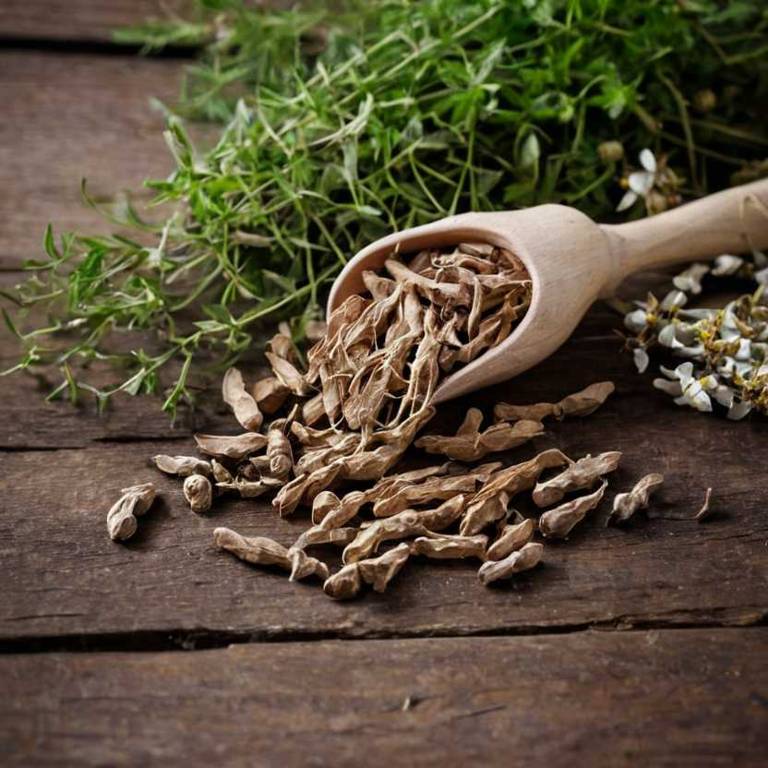Prunus Serotina: What To Know Before Using It For Medicinal Purposes

Prunus serotina, commonly known as the black cherry, has been used for centuries in traditional medicine for its various therapeutic properties.
The bark, leaves, and fruits of this plant contain compounds such as flavonoids, tannins, and essential oils, which have demonstrated anti-inflammatory, antiseptic, and analgesic effects. In folk medicine, it has been employed to treat ailments such as fever, respiratory infections, and digestive issues. Modern research suggests that extracts from Prunus serotina may have potential in managing conditions like arthritis and cardiovascular disease due to their antioxidant properties.
However, it is important to note that the plant contains cyanogenic glycosides, and improper use can lead to toxicity, emphasizing the need for careful preparation and professional guidance when using it for medicinal purposes.
Health Benefits
Prunus serotina has several health benefits, such as its rich content of antioxidants that help combat oxidative stress and reduce the risk of chronic diseases.
The fruit of this plant contains high levels of vitamin C, which supports immune function and skin health. It also contains flavonoids and other phytochemicals that may improve cardiovascular health by reducing inflammation and enhancing blood flow. Additionally, some studies suggest that Prunus serotina may have potential anti-cancer properties due to its ability to inhibit the growth of certain cancer cells.
However, it is important to note that while these benefits show promise, more research is needed to fully understand its therapeutic potential.
10 Best Health Beneift of Prunus serotina
Bioactive Constituents
Prunus serotina has several bioactive constituents, such as alkaloids, flavonoids, and phenolic compounds, which contribute to its potential medicinal properties.
These compounds exhibit antioxidant, anti-inflammatory, and antimicrobial activities, making the plant a subject of interest in pharmaceutical research. Alkaloids like prunoside and serotina have been studied for their ability to modulate cellular processes and may offer therapeutic benefits. Flavonoids present in the bark and leaves contribute to the plant's protective effects against oxidative stress and chronic diseases.
Additionally, the presence of tannins and other polyphenols further supports its use in traditional medicine for treating ailments such as inflammation and digestive disorders.
Medicinal Preparations
Prunus serotina has several medicinal preparations, such as teas, tinctures, and extracts, that have been traditionally used for their therapeutic properties.
The leaves and bark of the tree are commonly infused into teas to treat respiratory conditions like coughs and bronchitis due to their expectorant and antiseptic qualities. Tinctures made from the bark are often used to alleviate pain and reduce inflammation, making them popular in herbal medicine for conditions like arthritis. Additionally, the seeds contain compounds that have been explored for their potential anti-cancer properties, though they are typically not used in medicinal preparations due to their toxicity.
These preparations highlight the diverse applications of Prunus serotina in traditional and alternative medicine.
Side Effects
Prunus serotina can have some side effects, such as gastrointestinal discomfort, including nausea, vomiting, and diarrhea, due to its high levels of cyanogenic glycosides.
Ingesting large quantities of its leaves or seeds may lead to cyanide poisoning, which can be life-threatening. The plant is also known to cause allergic reactions in some individuals, ranging from skin irritation to more severe respiratory issues. Prolonged or excessive use of Prunus serotina may interfere with thyroid function because of its impact on iodine absorption.
As a result, it is generally advised to avoid consuming any part of this plant without proper guidance from a healthcare professional.